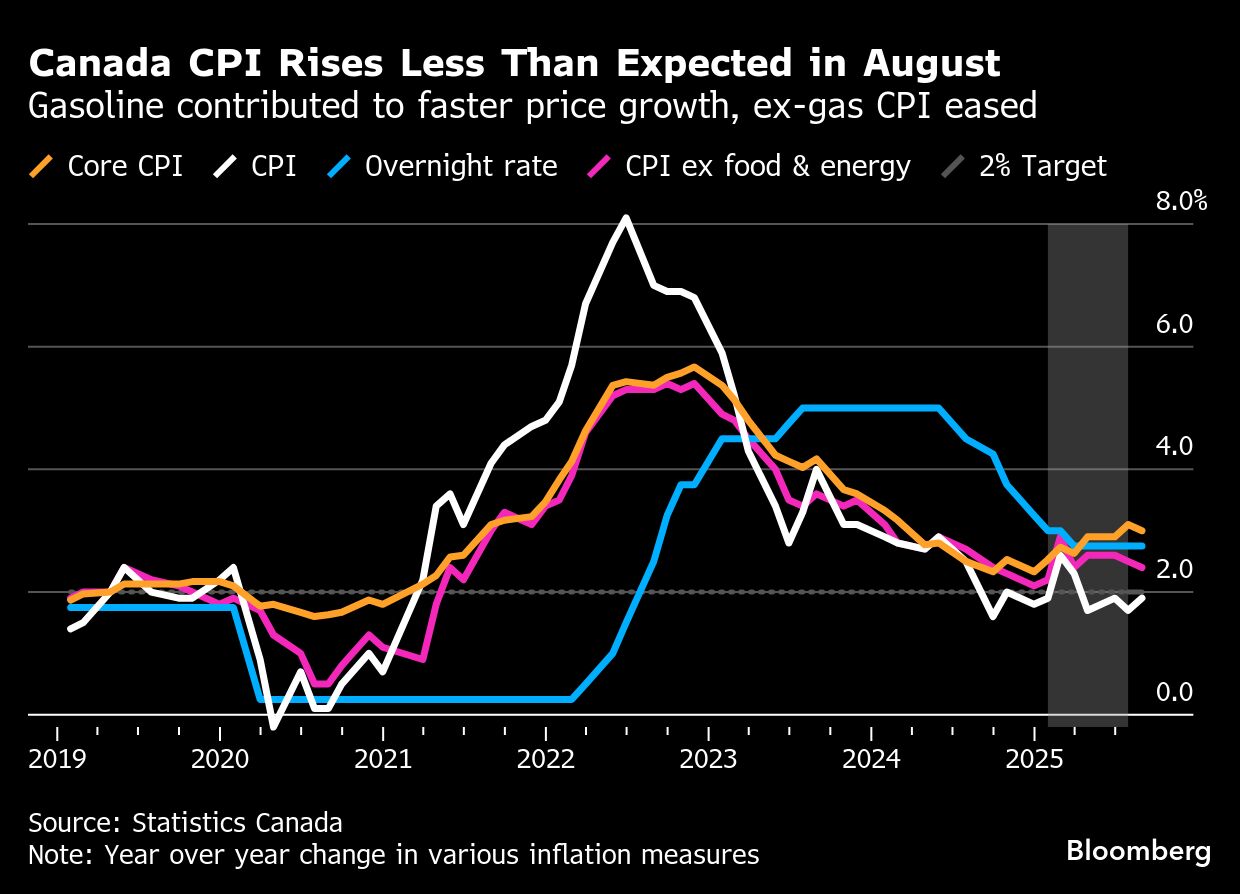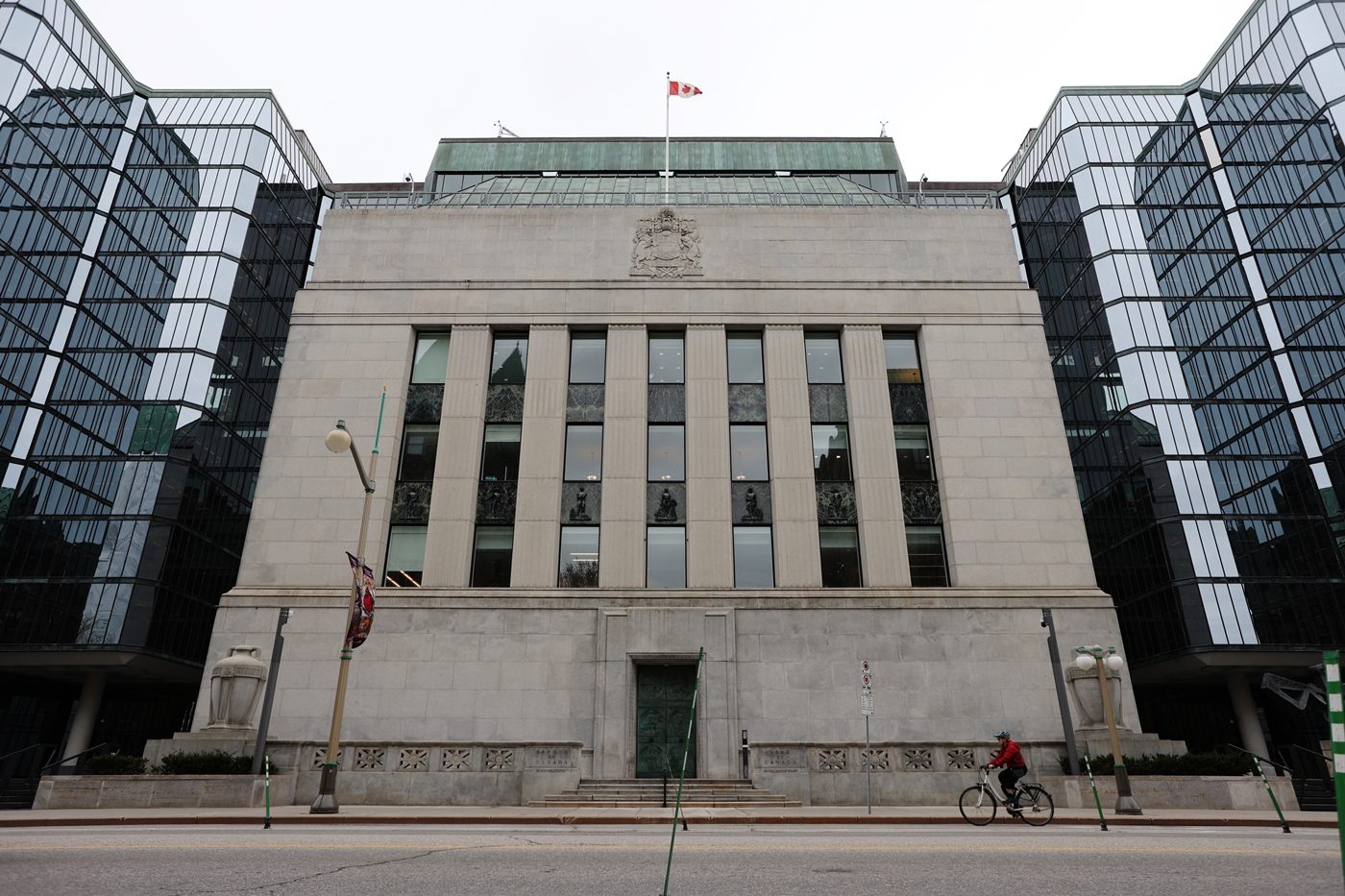By Erik Hertzberg
(Bloomberg) — The Bank of Canada warned traders may be putting too much emphasis on its “preferred” core inflation measures, saying it’s weighing a broader suite of gauges that suggest underlying price pressures are closer to its 2% target.
On Thursday, Deputy Governor Rhys Mendes outlined how the central bank has been assessing core consumer price inflation, which strips out more volatile price components like gas and food.
In a speech in London, Ontario, Mendes said the bank’s so-called preferred gauges of CPI-trim and CPI-median show yearly price pressures around 3%, but reiterated that the bank sees underlying inflation “in the vicinity of 2.5%.” That’s not intended to be a “precise estimate,” he said.
According to Mendes, labelling the measures as “preferred” may have “led markets to place more emphasis on the preferred core measures than we do,” and said that the bank doesn’t want Canadians or markets to be “overly focused on a single indicator.”
The comments are the latest in a series of remarks by policymakers that have de-emphasized the two preferred core metrics. As it sets interest rates, the central bank has stressed that it’s focusing on broader assessments of price changes rather than particular gauges.

The Bank of Canada lowered its benchmark policy rate to 2.5% in September, amid evidence the tariff dispute with the U.S. had struck the economy and jobs market. At that time, the bank said it also saw upward momentum on inflation had dissipated.
The bank plans to review how it measures inflation in the upcoming framework renewal in 2026, but has said it does not want to review its target for the yearly change in the consumer price index, which is currently 2%.
As an example, Mendes also said the bank is considering whether the bank should revise inflation gauges so they all “pre-exclude mortgage interest costs,” in part because changing borrowing costs can “obscure the broader response of inflation” to changes in the policy rate.
Mendes said the bank is also looking at incorporating artificial intelligence, and “multivariate core trend inflation.”
In recent years, officials have increasingly suggested the preferred measures aren’t key to their thinking on core inflation. Three measures were introduced in 2016 under former Governor Stephen Poloz, but in 2022, the bank made it clear it would no longer focus on CPI-common.
“Adding more inflation measures will make it more difficult for the general public and market participants to understand how the bank sees inflation,” Dominique Lapointe, an economist with Manulife Asset Management, said by email.
He pointed to countries like the US, where the Federal Reserve tends to limit inflation analysis “almost exclusively” to headline yearly changes and inflation excluding food and energy.
–With assistance from Mario Baker Ramirez.
©2025 Bloomberg L.P.
Visited 24 times, 24 visit(s) today
Bank of Canada bloomberg BoC BoC speech core inflation Dashboard Dominique Lapointe Erik Hertzberg inflation Rhys Mendes
Last modified: October 2, 2025

